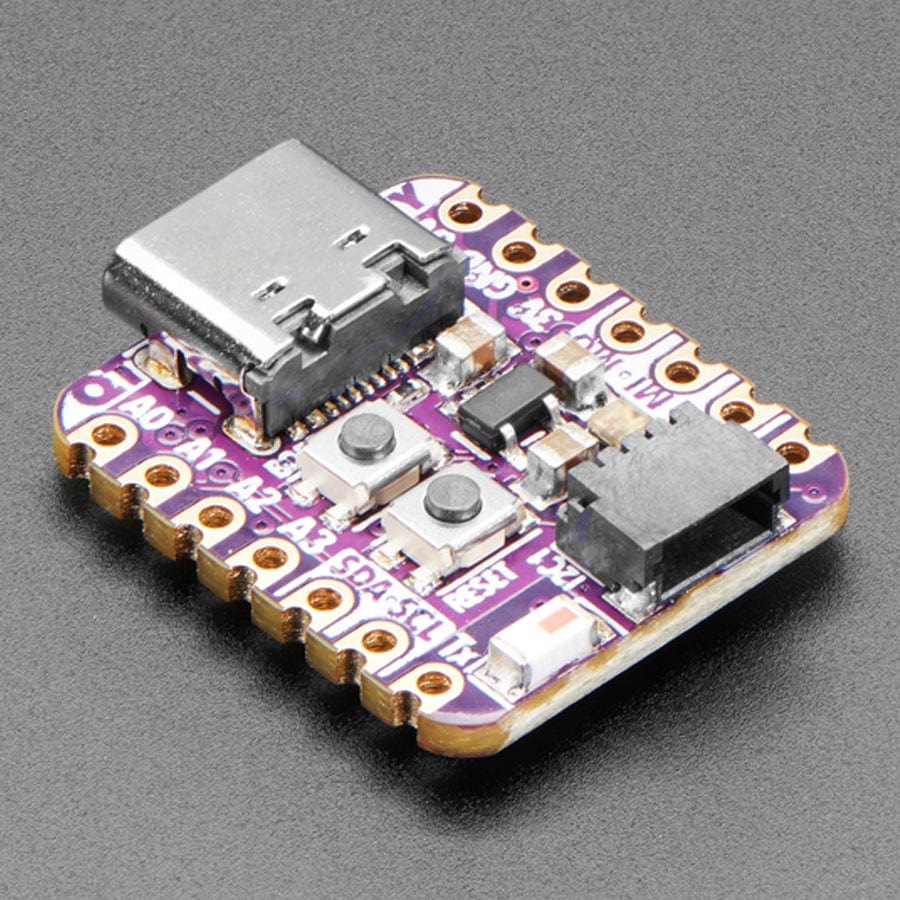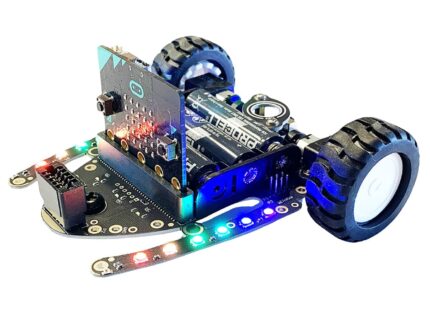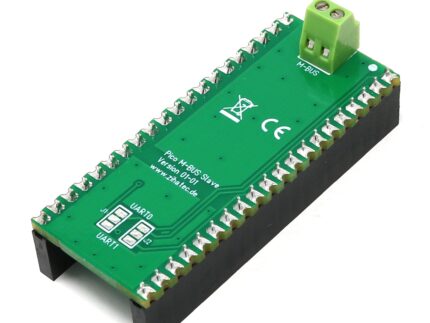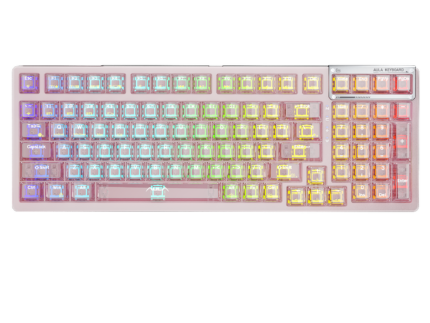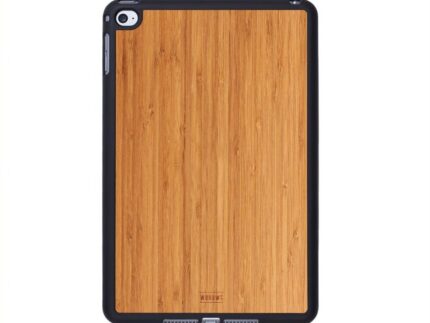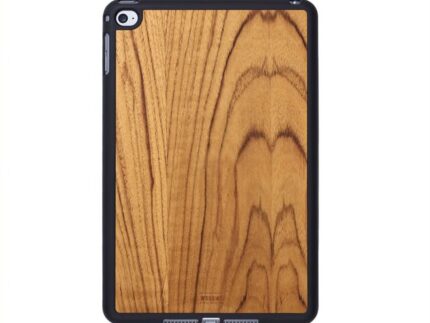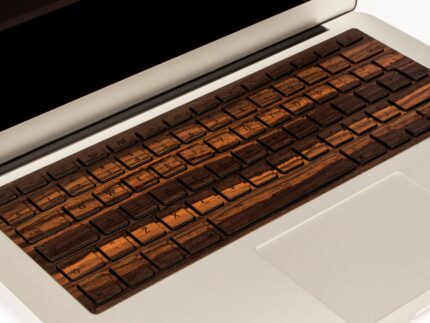Adafruit QT Py ESP32 Pico – WiFi Dev Board with STEMMA QT – 8MB Flash 2MB PSRAM
This dev board is like when you’re watching a superhero movie and the protagonist shows up in a totally amazing costume in the third act and you’re like ‘OMG! That’s the hero and they’re here to kick some serious butt!” but in this case it’s a microcontroller.
This QT Py board is a thumbnail-sized PCB that features the ESP32 Pico V3 02, an all-in-one chip that has an ESP32 chip with dual-core 240MHz Tensilica processor, WiFi and Bluetooth classic + BLE, adds a bunch of required passives and oscillator, 8 MB of Flash memory and 2 MB of PSRAM. We add a USB to serial converter chip, some more passives, an antenna, USB C, buttons, NeoPixel and QT connector to outfit this super-hero chip for any task you want to throw it at.
At the core of ESP32-PICO-V3-02 is the ESP32 (ECO V3) chip, which is a single 2.4 GHz Wi-Fi and Bluetooth combo chip designed with TSMC’s 40 nm low-power technology. ESP32-PICO-V3-02 integrates all peripheral components seamlessly, including a crystal oscillator, flash, PSRAM, filter capacitors, and RF matching links in one single package. This makes it perfect for stuffing into such a small space as the QT Py.
Please note the QT Py ESP32 Pico does not have native USB support – instead, there’s a USB to serial converter chip. This means it cannot act like a USB keyboard or mouse – but it does have BLE and BT classic so you could wireless.
OLEDs! Inertial Measurement Units! Sensors a-plenty. All plug-and-play thanks to the innovative chainable design: SparkFun Qwiic-compatible STEMMA QT connectors for the I2C bus so you don’t even need to solder! Just plug in a compatible cable and attach it to your MCU of choice, and you’re ready to load up some software and measure some light. Seeed Grove I2C boards will also work with this adapter cable.
Pinout and shape are Seeed Xiao compatible, with castellated pads. In addition to the QT connector, we also added an RGB NeoPixel (with a controllable power pin to allow for ultra-low-power usage), a reset button (great for restarting your program or entering the bootloader), and a button on GPIO 0 for entering the ROM bootloader or for user input
It runs Arduino like a dream, or use the ESP IDF for more control over your projects.
Looking for a case to keep your Qt Py safe? Click here to find it in our shop
- Same size, form factor, and pin-out as Seeed Xiao
- USB Type C connector- If you have only Micro B cables, this adapter will come in handy!
- ESP32 V2 03 Dual Core 240MHz Xtensa processor- the ESP32 you know and love, with the latest engineering fixes. Massive user base and thousands of existing projects and libraries to use.
- WiFi, Bluetooth LE and Classic for any IoT project usage
- 8 MB Flash & 2 MB PSRAM
- USB to Serial converter built in with high-speed UART for debugging and uploading.
- Can be used with Arduino IDE or MicroPython
- Built-in RGB NeoPixel LED with power control to reduce quiescent power in deep sleep
- Battery input pads on the underside with diode protection for external battery packs up to 6V input
- 13 GPIO pins:
- 11 on breakout pads, 2 more on QT connector
- 10 x 12-bit analog inputs
- Dual 8-bit analog output DACs on A0/A1
- PWM outputs on any pin
- Two I2C ports, one on the breakout pads, and another with STEMMA QT plug-n-play connector
- Hardware UART in addition to the USB-serial UART
- Hardware SPI on the high-speed SPI peripheral pins
- Hardware I2S on any pins
- 8 x Capacitive Touch with no additional components required
- 3.3V regulator with 600mA peak output
- Light sleep at 4mA, deep sleep at ~70uA
- Reset switch for starting your project code over, boot 0 button for entering bootloader mode or for user reading
- Really really small
Revision History
- As of June 25th, 2024 – This board may come with a different regulator than AP2112K due to parts shortages. The regulator can provide at least 500mA.
Specifications
- Dimensions: 22.0mm x 17.9mm x 5.9mm
- Weight: 2.3g
Resources
- Primary Guide
- ESP32 Pico V3 02 Datasheet
